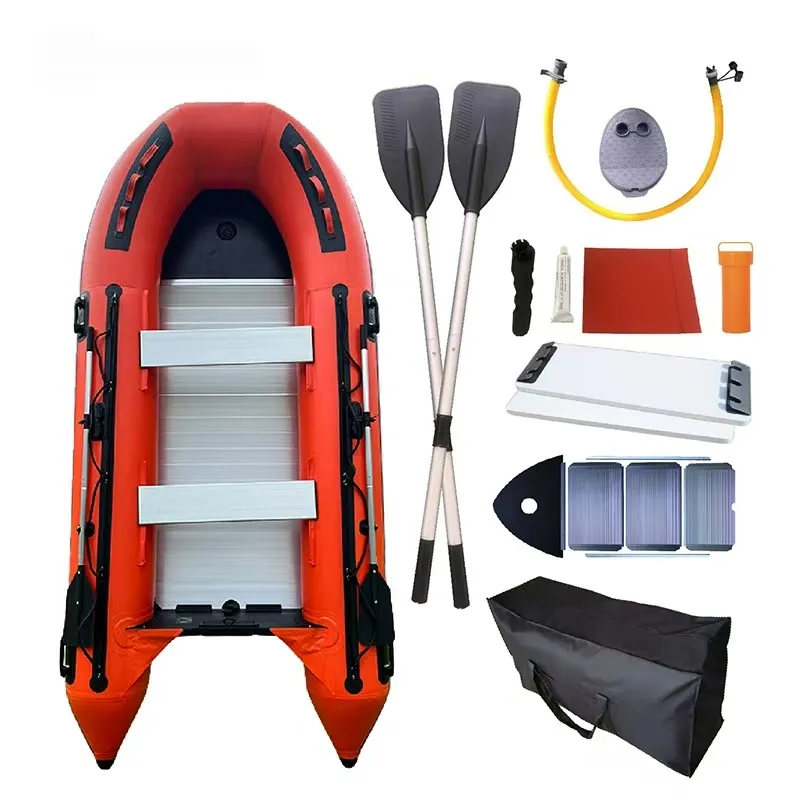

Trust in hook ladders is bolstered by their consistent performance in real-world applications. Firefighters worldwide attest to their reliability, recounting numerous instances where hook ladders have facilitated critical rescues or have rapidly altered the trajectory of an operation. Their use in challenging conditions, such as narrow alleys or congested urban spaces, underscores their utility and effectiveness in the arsenal of firefighting tools. Innovation continues to influence the development of fire brigade hook ladders. Recent advancements focus on increasing strength while reducing weight, harnessing new materials like titanium composites and incorporating ergonomic designs for swifter deployment. Moreover, manufacturers are exploring modular designs that allow for greater length adaptability and ease of assembly on-site, thereby expanding their operational scope. When considering acquisition, departments look for certifications and industry endorsements that vouch for the ladder’s quality standards. Reputable manufacturers provide detailed testing results, including load capacity, durability under extreme conditions, and resistance to environmental wear and tear, ensuring that each ladder meets the rigorous requirements demanded by firefighting operations. In the realm of fire safety and response, hook ladders stand as a testament to human ingenuity and adaptability. Their continued evolution and steadfast reliability make them an enduring asset in the toolbox of modern firefighters. As urban landscapes grow more complex, the demand for specialized equipment such as fire brigade hook ladders will invariably rise, underscoring the importance of expertise, innovation, and trusted performance in safeguarding lives and property.




























